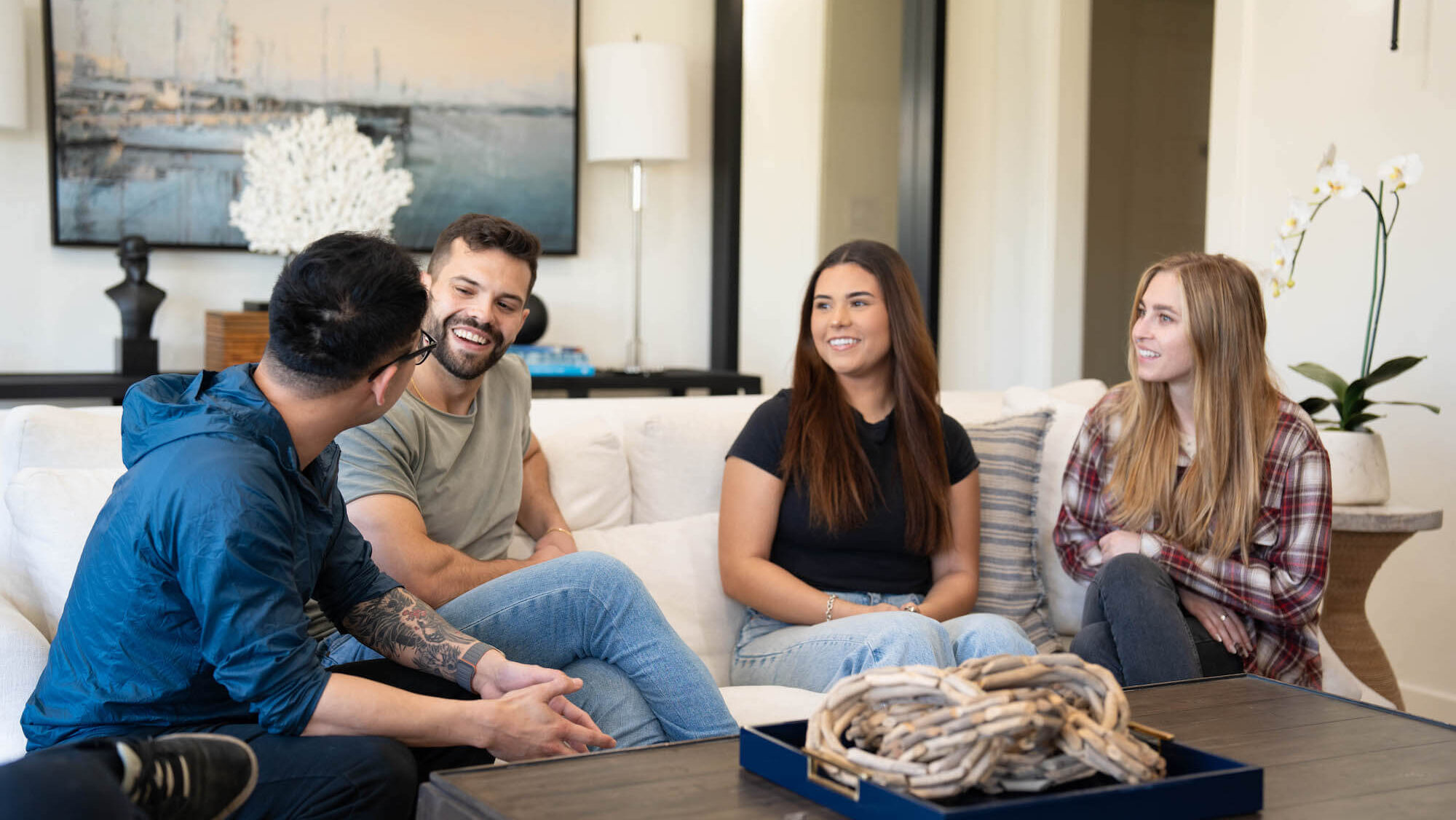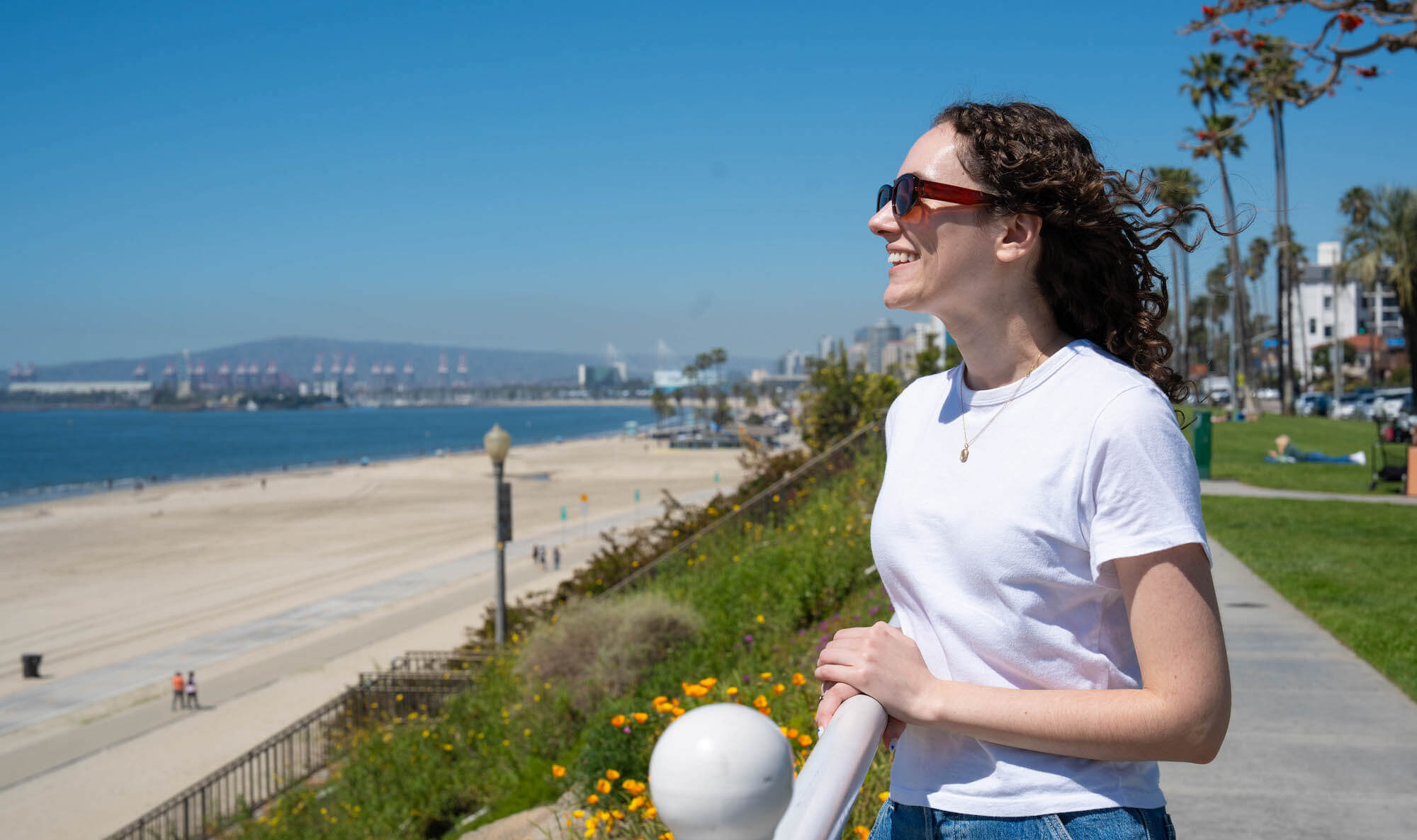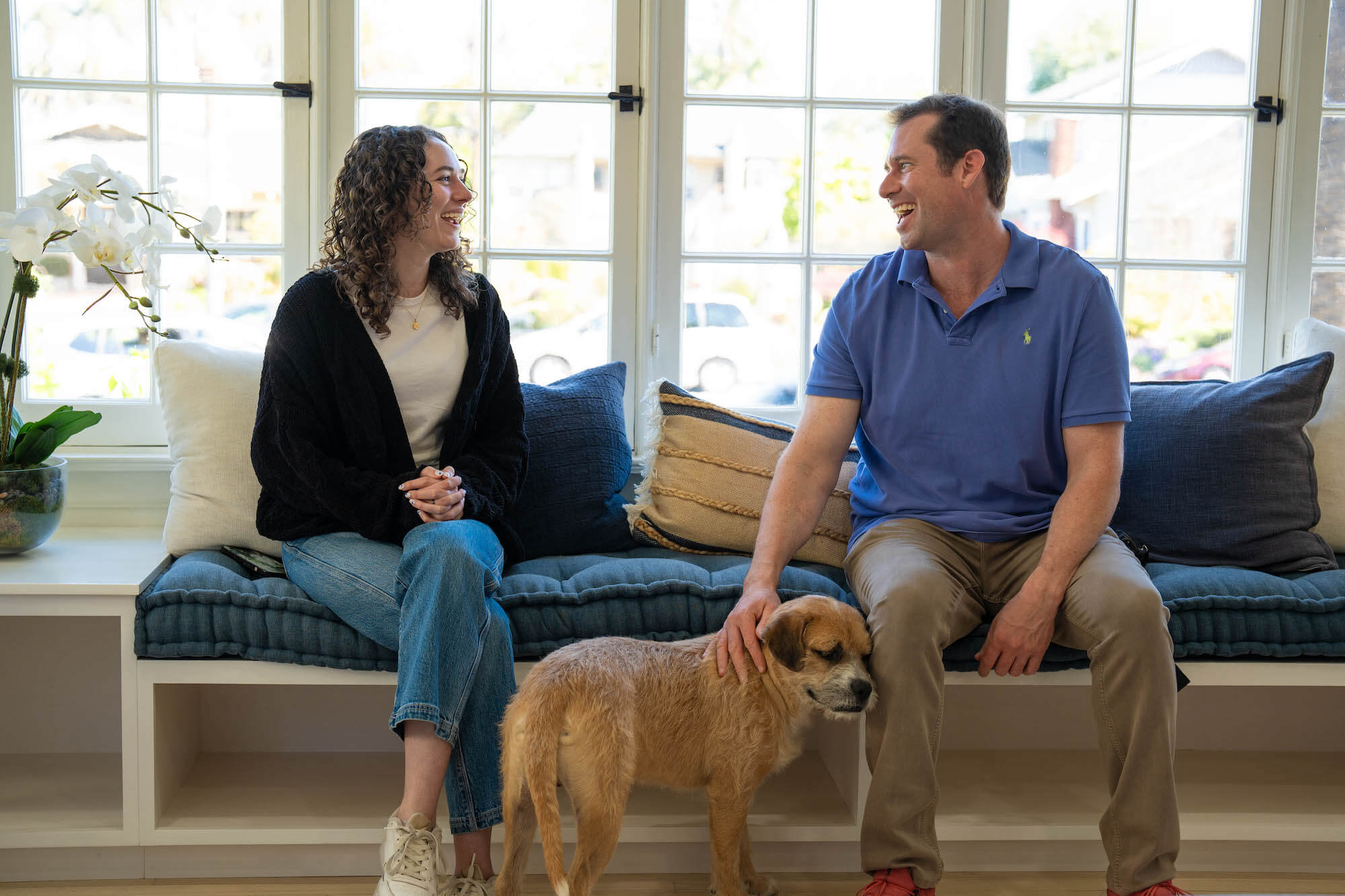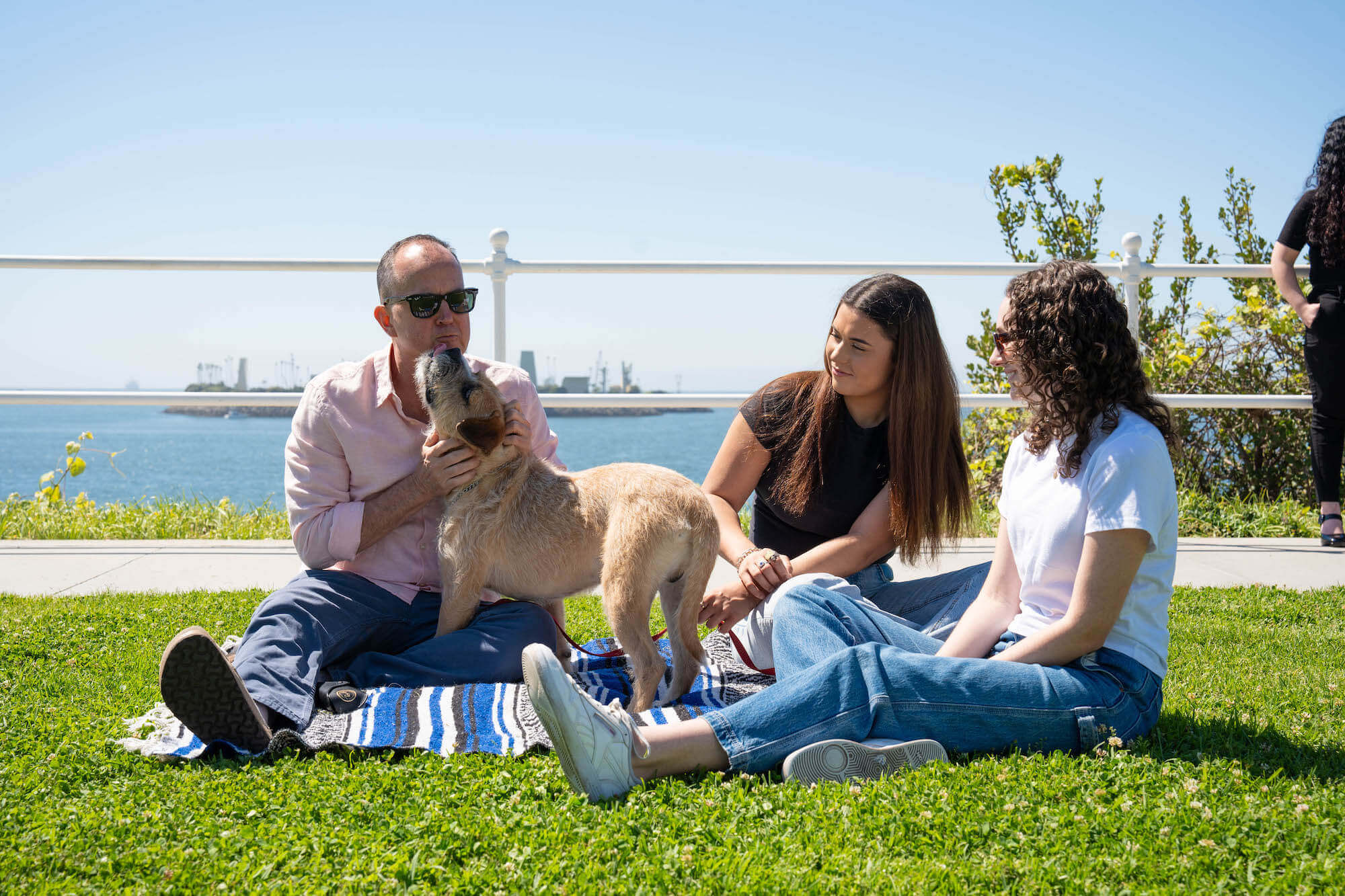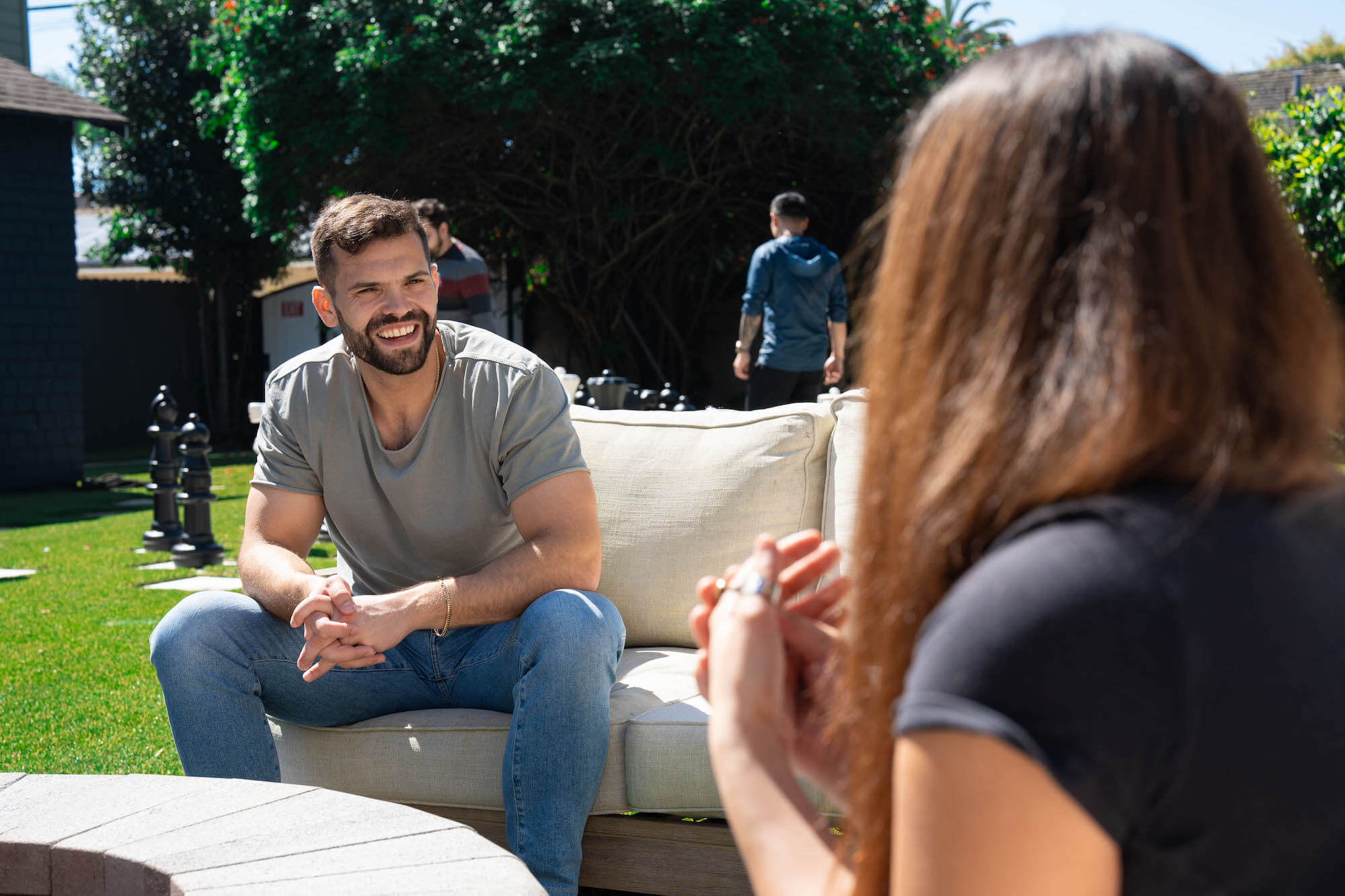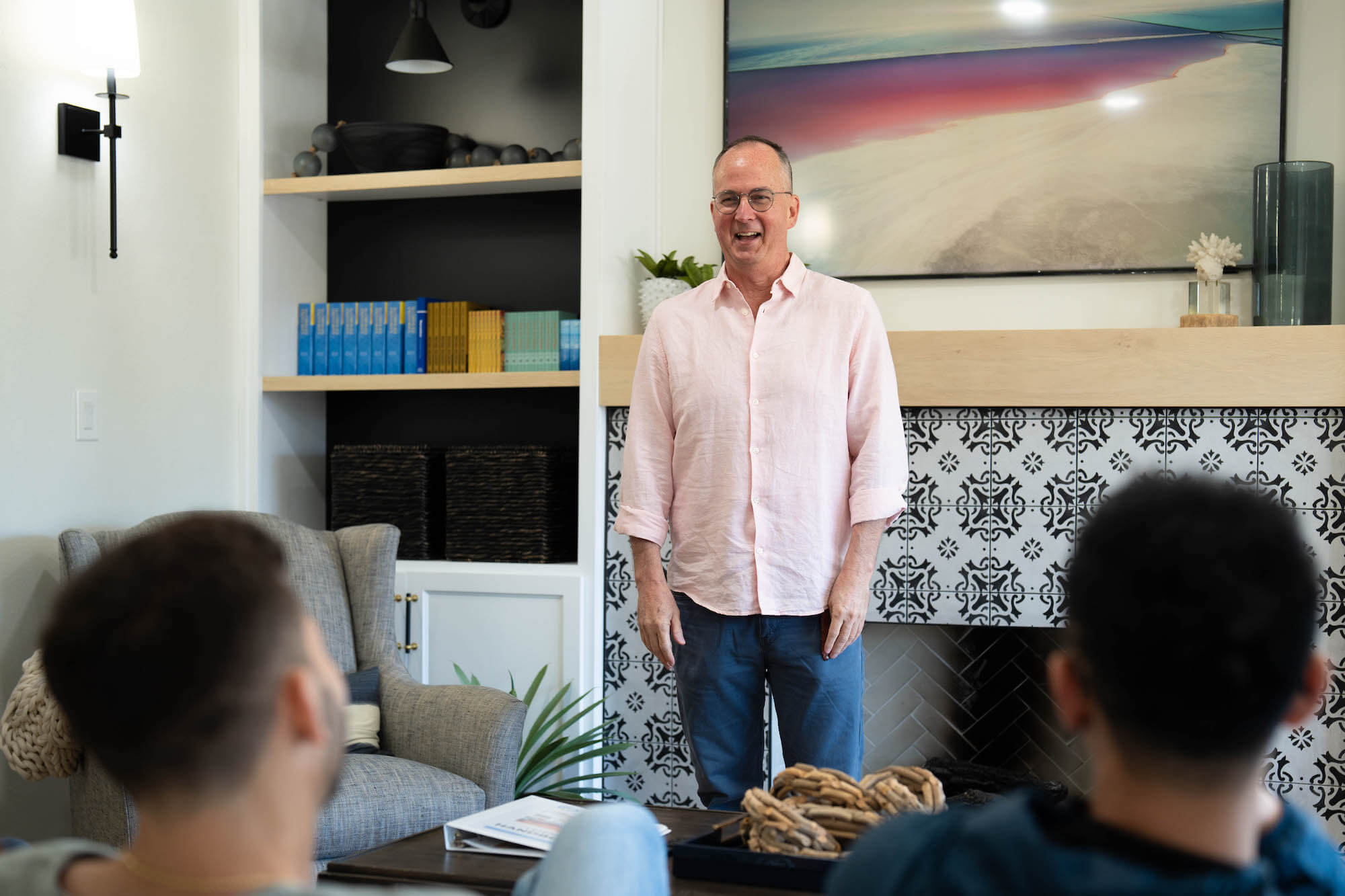Home » Treatment Programs » Drug & Alcohol Detox » Can Visualization Groups Treat Addiction?
Can Visualization Groups Treat Addiction?

- MAT (medication-assisted treatment)
- Psychotherapy
- Counseling
- Holistic therapies
Evidence-based treatment can help you to address the physical and chemical issues associated with drug dependency. Addiction exacts a psychological toll, though, and various forms of holistic treatment like visualization can supplement pharmacological and behavioral interventions to help you unpack the mental and emotional challenges of addiction recovery.
This guide explores the role of visualization groups as part of a comprehensive treatment plan for substance use disorders (drug addictions) and alcohol use disorders (alcoholism).
WHAT IS VISUALIZATION?
Visualization is a mindfulness and meditation practice that involves using your imagination to develop a full mental picture of a specific desired outcome – embracing life substance-free, for example.
In the 1980s, Australian psychologist Alan Richardson conducted a seminal study which showed the potential benefits of mental programming in the form of visualization. Basketball player participating in the study who mentally rehearsed hitting free throws improved at a similar rate to study participants who spent twenty days practicing hitting free throws for twenty minutes daily.
Visualization can be applied more widely than for improving sports performance, though. This skill can be a valuable component of your recovery toolbox.
Visualization might aid your recovery in the following ways:
- Promoting a reduction in stress levels
- Increasing motivation
- Boosting confidence
- Helping to encourage relaxation
- Enhancing problem-solving abilities
- Mentally rehearsing a specific desired behavior or outcome
- Programming the desired behavior or outcome into your brain circuitry
Regular practitioners of visualization claim it help build motivation, activate the subconscious, and unlock resources key to achieving goals.
HOW DOES VISUALIZATION WORK?
Visualization can help by allowing you to improve your mindset and by strengthening your ability to overcome stressors and challenges in your ongoing recovery.
Much like meditation, visualization is a type of mental exercise that is most beneficial when practiced regularly. Visualization works because repeated practice overcomes the mind ability to distinguish what is real from what isn’t. Incorporating all five senses into visualization increases the chance of a successful outcome.
When visualization is successfully executed, you can trick your brain into believing that your projected reality is already real, that you already have your desired outcome. If visualization is used alongside evidence-based behavioral and motivational therapies, it may amplify positive behavioral changes such as those involved when moving from addiction into treatment and ongoing recovery.
HISTORY OF VISUALIZATION
Different types of guided imagery have been used since ancient Greek times. The technique of visualization is also an established practice in American Indian traditions and eastern medicine.
Guided imagery like visualization can be linked to psychodrama, an experiential technique developed by Jacob Moreno in the 1940s. This technique was further developed by Hans Leuner with an approach called GAI (guided affective imagery).
By the 1970s, Dr. Martin Rossman and Dr. David Bressler started to formalize guided imagery like visualization for the treatment of cancer, chronic pain, and other chronic conditions. In 1989, Drs. Rossman and Bressler co-founded AGI (Academy for Guided Imagery).
During the 1980s, healthcare professionals and advocates published the results of studies exploring the potential benefits of visualization on physical and mental health concerns, including substance use disorders.
Today, guided imagery like visualization is an established practice in holistic and alternative medicines. Research indicates that visualization can be an effective component of the therapeutic process. While there is an insufficiency of empirical research, current findings suggest that psychoeducation treatment can produce positive treatment outcomes.
HOW IS VISUALIZATION CONDUCTED?
There are many different visualization techniques because visualization is fundamentally a specialized form of imagination. You have the innate ability to visualize, but you can take the following steps to create stronger and more meaningful visualizations:
- Find somewhere warm and comfortable where you are able to fully relax.
- Close your eyes and imagine looking inside your head.
- Next, move your internal gaze up and out slightly. Imagine a mental screen or whiteboard. This is where you will project the mental images you create during visualization. If you can focus on this area, you will have a more relaxed sense of mental focus than when holding your focus right between your eyes.
- Project your desired outcome or behavior onto the mental screen. Fully imagine the scenario with as much color, emotion, and action as you can bring to mind. The more realistic you make this visualization, the less able your brain will be to differentiate reality and imagination.
- When you have fully energized your projected outcome or desire, you can now release it, confident that the scenario will return to you when you can materialize it into your life. This process is known as manifestation.
VISUALIZATION PRACTICES AND TECHNIQUES
These are some common visualization practices and techniques:
- Picture and describe: In the early phase of addiction recovery, many people feel reluctant to visualize happy and fulfilled interpersonal relationships or a meaningful drug-free life. By using all senses to create a realistic image of happy family gatherings, you can start making this mental picture into a reality.
- Exposure: If you have never experienced something, it may be challenging to visualize it fully. Through exposure visualization, you can further your knowledge and understanding of situations of which you have no lived experience. This technique can also help you start down a pathway to making your visualization a reality.
- Emotional intensity: Emotional intensity visualization is a technique that encourages you to enhance your simulations with so much detail that the scenario feels natural and realistic. From here, you can perform actionable steps to achieve the recovery goals you have visualized.
WHAT ARE THE GOALS OF VISUALIZATION?
Visualization can deliver many research-backed benefits when practiced regularly. These include:
- Building confidence
- Decreasing anxiety
- Boosting motivation
- Enhancing performance
- Adopting healthier behaviors
- Increasing muscle strength
- Reducing pain
- Relieving stress
- Accelerating healing
- Improving prospective memory
- Sparking inspiration
- Improving mood
- Decluttering your mind
- Determining what you want
WHO CONDUCTS VISUALIZATION GROUPS?
Practitioners of visualization can gain professional certification with Academy for Guided Imagery in IGI (interactive guided imagery). This involves completing 150 hours of training, as well as 33 hours of self-study.
Professionals who pursue this pathway may include:
- Counselors
- Health educators
- Body workers
- Personal coaches
- Addiction specialists
Visualization is a technique that is generally considered to be generally safe for most people, whether self-directed or with the support of an addiction specialist or mental health professional.
How Long Does Visualization Last?
Visualization is daily practice that should take no more than 10 to 15 minutes. You can practice guided imagery techniques like visualization throughout your addiction treatment program and into ongoing recovery.
TREATMENT FOR SUBSTANCE USE DISORDERS AT GRATITUDE LODGE
If you need help recalibrating your life, we can help you tackle the physical and psychological aspects of addiction here at Gratitude Lodge. We have affordable luxury drug rehabs located in Newport Beach, San Diego, and Long Beach. All Gratitude Lodges offer the following addiction treatment programs:
- Supervised medical detoxification
- 30-day inpatient programs
- IOPs (intensive outpatient programs)
As outlined above, detox will address the issue of physical drug dependence. During ongoing treatment at Gratitude Lodge, you can access the following interventions:
- Psychotherapy (talk therapies like CBT or DBT)
- Holistic therapies like visualization
- Individual counseling
- Group counseling
- Medication-assisted treatment
- Family therapy
- Daily meetings
- 12-step immersion program
When you are ready to transition smoothly from active addiction to sustained recovery, place your trust in Gratitude Lodge. Our pet-friendly and inclusive treatment centers provide you with a whole-body approach to healing from drug addiction. Take the first crucial step by calling admissions today at 800-994-2184.



